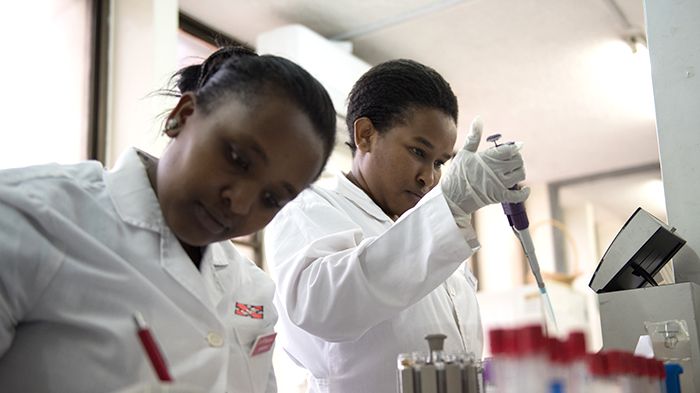
News -
The Development Impact
Financing for sustainable development can come from several sources; aid, private capital, domestic tax-based financing and from development finance institutions. The sources of finance have different names and different development impact. They can be regarded as different, but complimentary, tools in the fight for sustainable development. Here we explain about the tools, focusing on what the development finance institution achieves1.
Aid
Aid, ODA (Official Development Assistance), can either be provided bilaterally (from state to state), multilaterally (from the UN, the World Bank, the EU etc.) or in cooperation with non-profit organisations.
Aid is aimed at fundamental areas such as institution building, economic development, health, human rights and democracy, as well as education, equality, environmental and humanitarian operations.
Aid continues to play a very important role in many of Swedfund’s markets.
Private capital
Private investors account for an increasing proportion of development finance. More and more of them are also realising that sustainable investments generate a more secure return for both companies and employees and for society in general. Sometimes, however, private investors judge that the risks involved are too high, and then they prefer to share the risk with players such as Swedfund. For that reason, mobilising private capital often requires that a development finance institution, such as Swedfund, steps in and part-finances the project.
Domestic financing
The more companies that submit accounts and pay tax in the countries in which they operate, the stronger becomes the ability to provide domestic financing, and the opportunity for a country to influence its own development. The formal sector in developing countries is growing. More goods and services are in circulation. And tax revenues are increasing. But to achieve the global goals, domestic financing, i.e. the size of the tax base, must be strengthened through tax revenue from companies and individuals.
Development Finance Institutions
Businesses need finance to grow and develop. This is where Swedfund and other countries’ development finance institutions play a vital role through investment in the form of equity and loans.
Development finance institutions make investments on commercial terms and take risks that few others are willing to take. We provide capital for countries, sectors and businesses where the investment is really needed and where it can generate benefits.
The development impact to which we contribute can be divided into direct and indirect effects:
Direct development impact
Indirect development impact
Every direct job opportunity created in a company generates 7–25 indirect jobs two and three steps down the line2. If a bank, for example, offers financing in the form of loans to an expanding business, this leads to increased activity in the company, greater demand for input goods and more employees who spend their wages in the local economy. The indirect development impact is, accordingly, generated at several stages and in different parts of the economy. The effects of the employment locally and in total are greater than the direct job opportunities alone.
We raise productivity
Development finance institutions help generate direct productivity gains in their portfolio companies through knowledge transfer. Indirect productivity gains are achieved by investing in innovative and technologically-intensive businesses, as well as in sectors which have crucial effects on the future and progress of businesses and people. Energy investments which provide access to green electricity are one example.
We increase growth
There is a strong connection between the total amount that development finance institutions invest in a country, and that country’s growth. Studies show that a ten percent increase in investment increases growth by 1.5 percent. The connection is particularly strong for investments in infrastructure and industry.
We reduce poverty
Direct development effects, in the form of job creation, reduce poverty. The indirect development impact leads overall to a tangible reduction in poverty in the countries in which the investments are made.
We reduce the climate impact
Development finance institutions work both broadly and intensively to reduce their portfolio companies’ negative impact on the environment and to increase the efficiency of resource utilisation. In certain projects – e.g. ICCF (Interact Climate Change Facility) – the CO2-savings generated by investment in renewable energy or energy efficiency improvements are measured. The CO2-savings are calculated in relation to the alternative of increasing capacity in non-renewable energy or not carrying out energy efficiency measures at all.
1 CSIS’s report ”Development Finance Institutions Come of Age”, October 2016
2 IFC Jobs Study, 2013.
